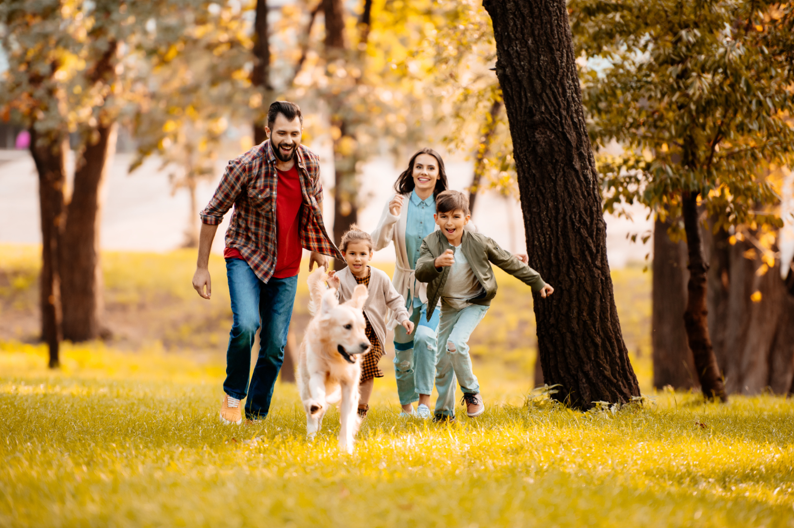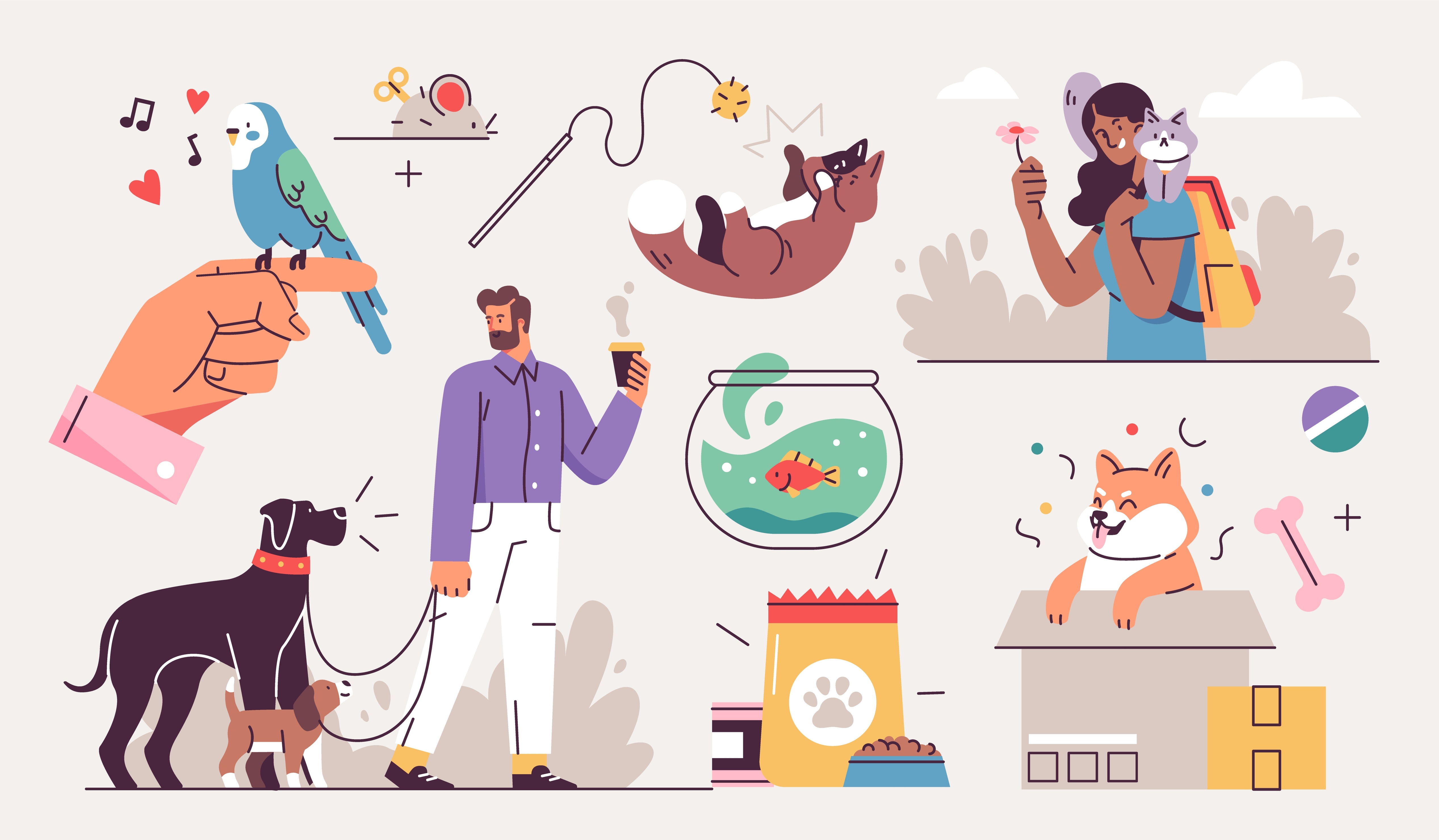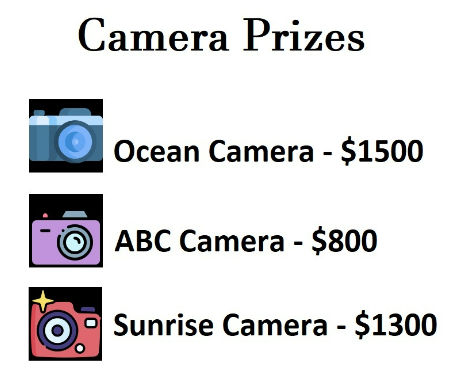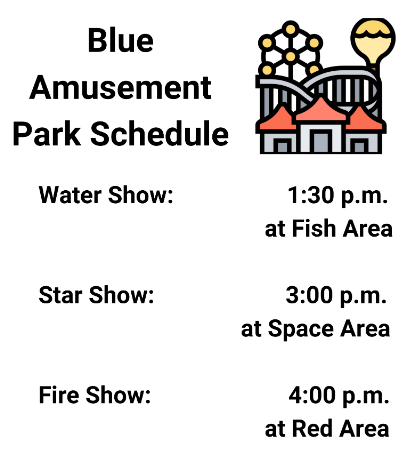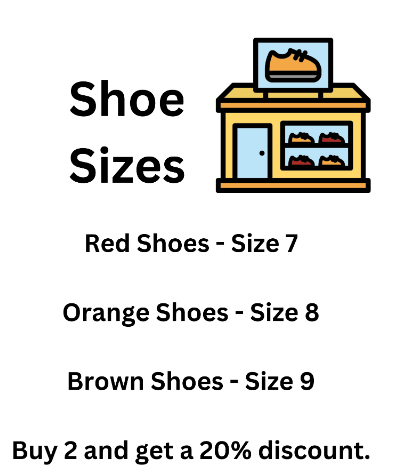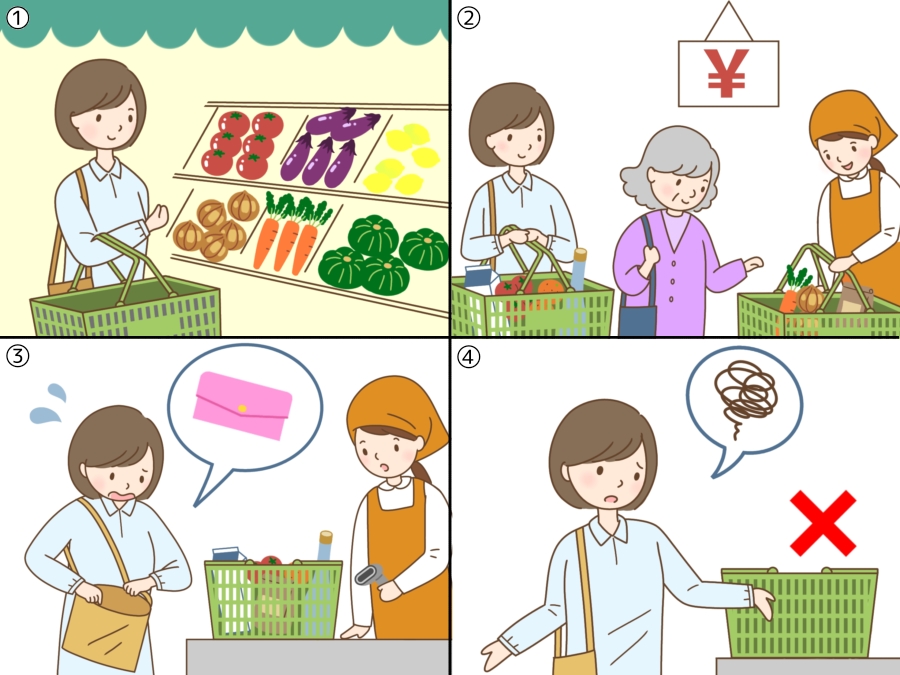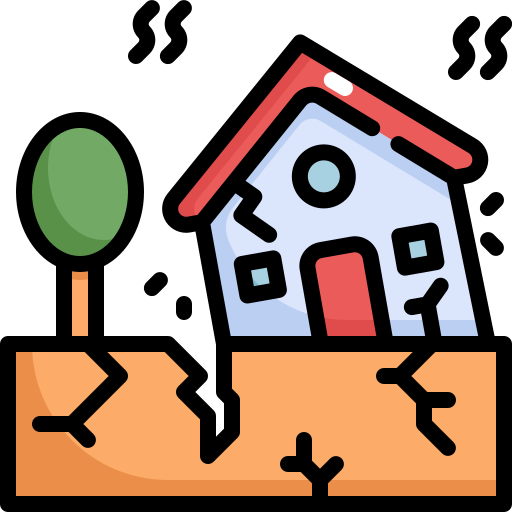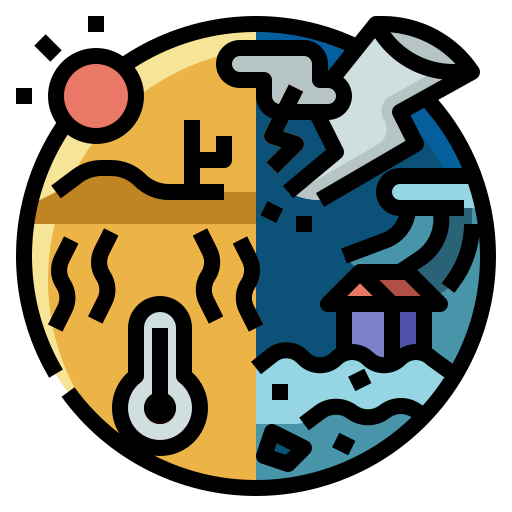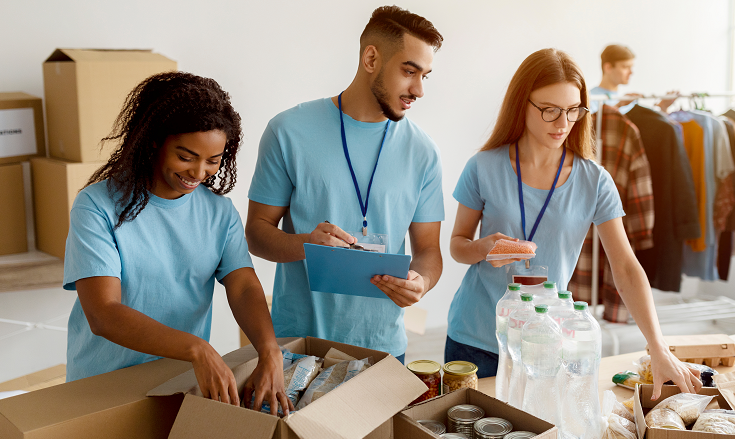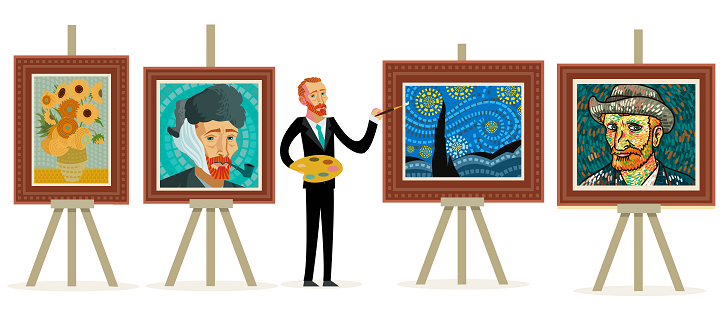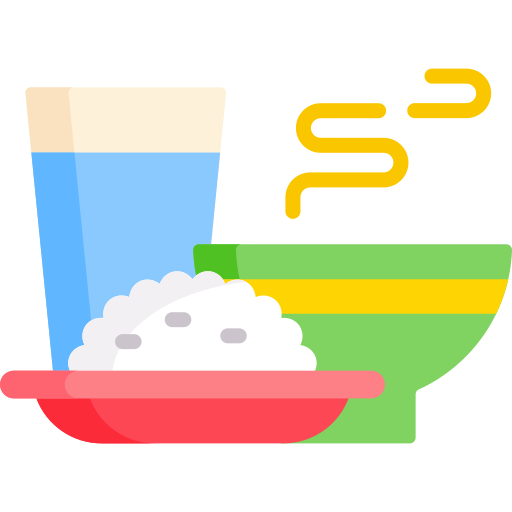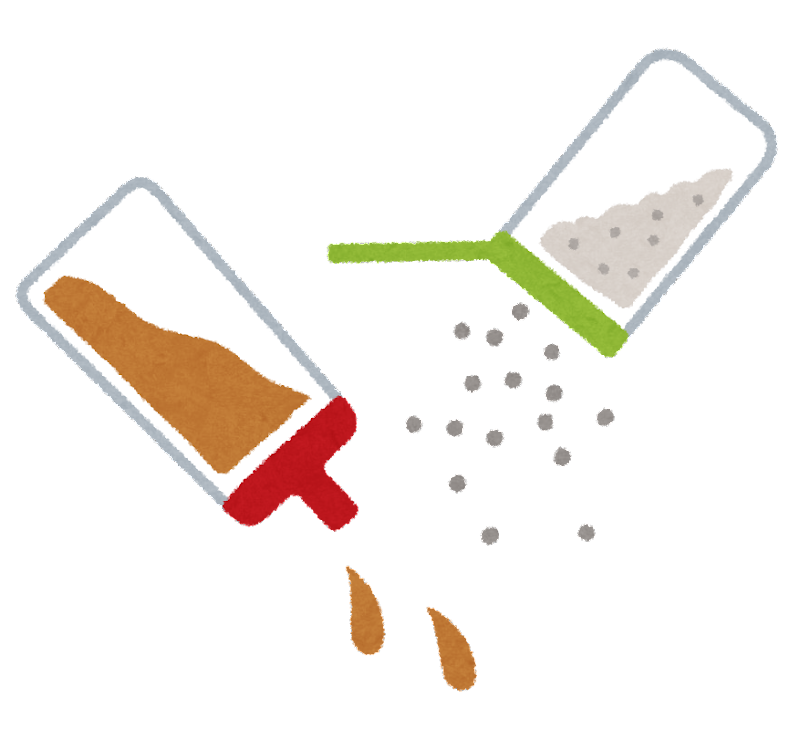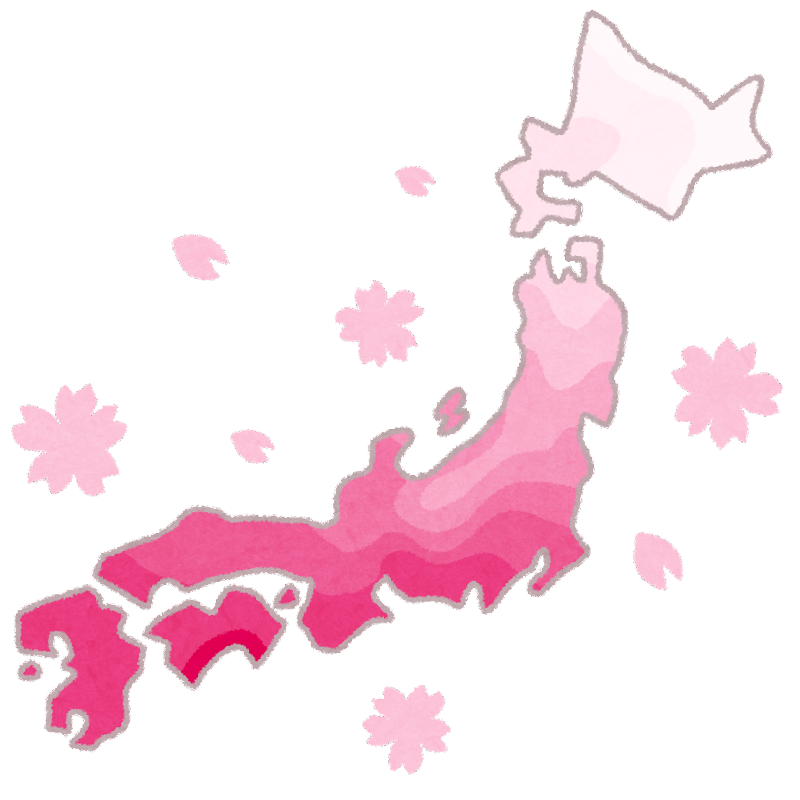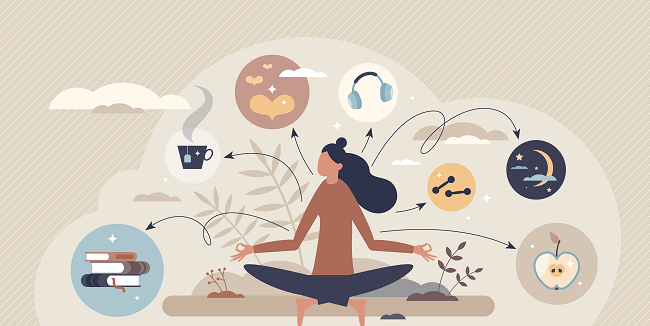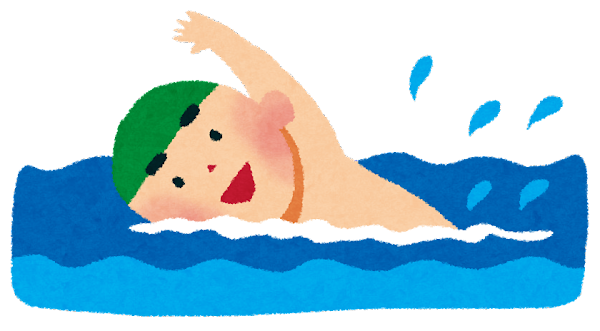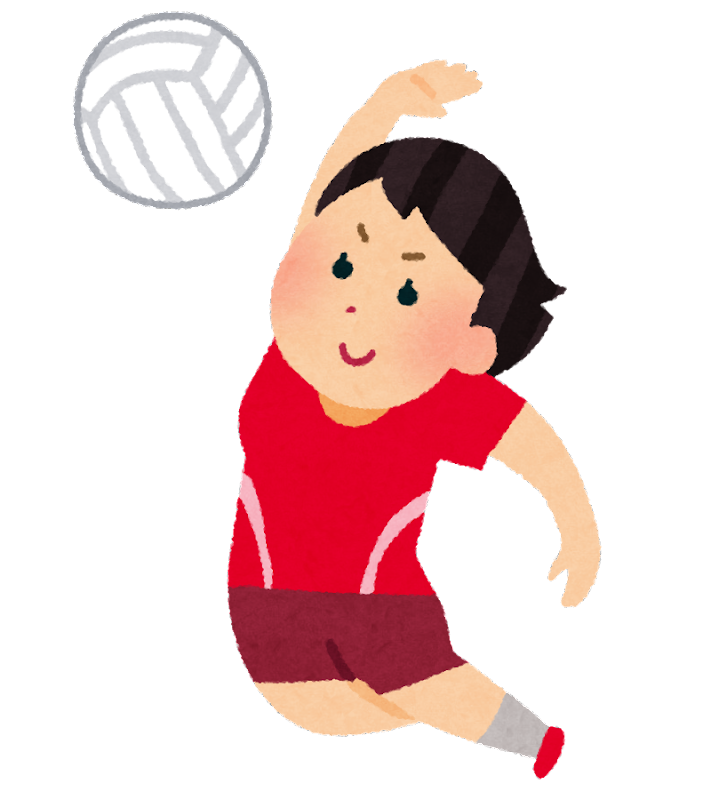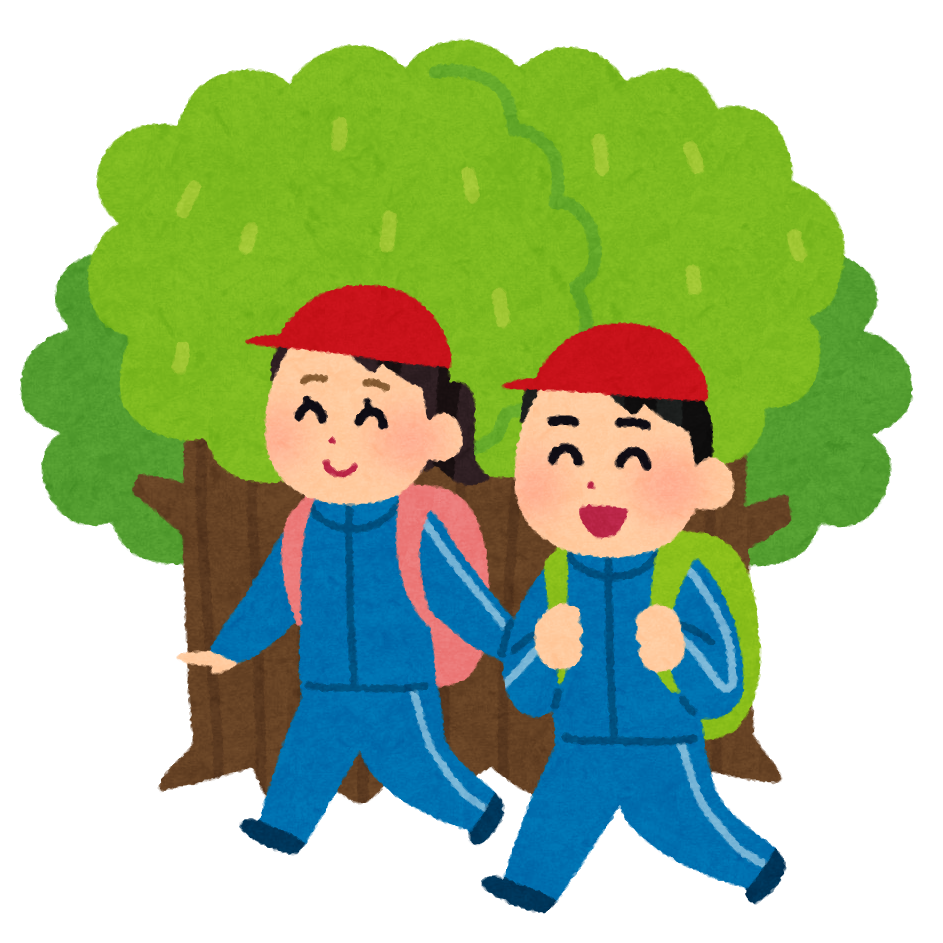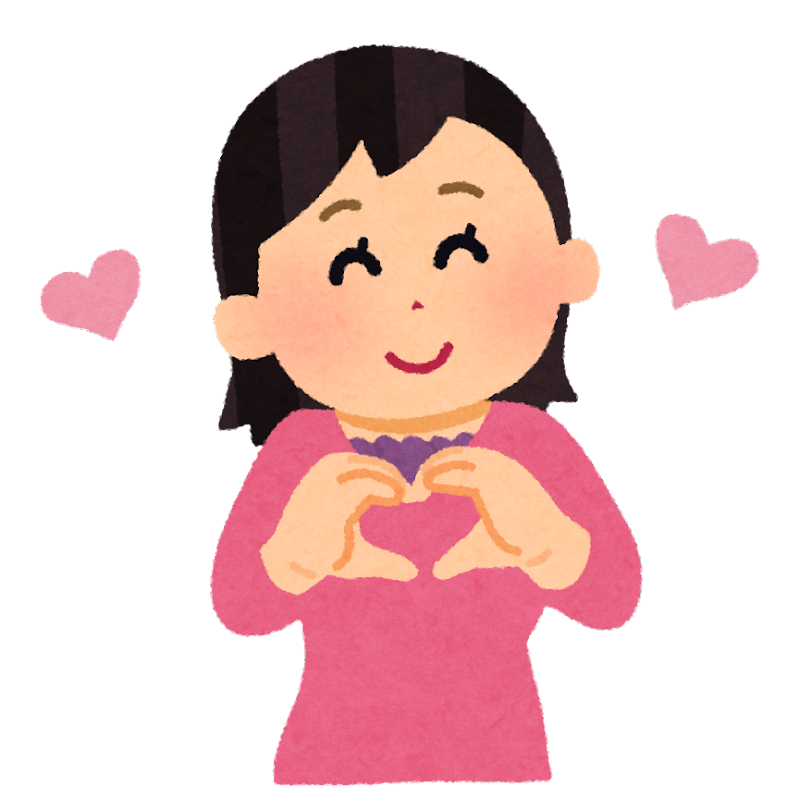I will check your pronunciation, stress, and intonation.
講師が発音、強勢、イントネーションについて確認します。
The ceremony will start at 10:00 a.m. and end at 11 a.m. in the school gym. All students are required to present their IDs at the entrance. Let’s all welcome our new friends!
I will check your pronunciation, stress, and intonation.
講師が発音、強勢、イントネーションについて確認します。
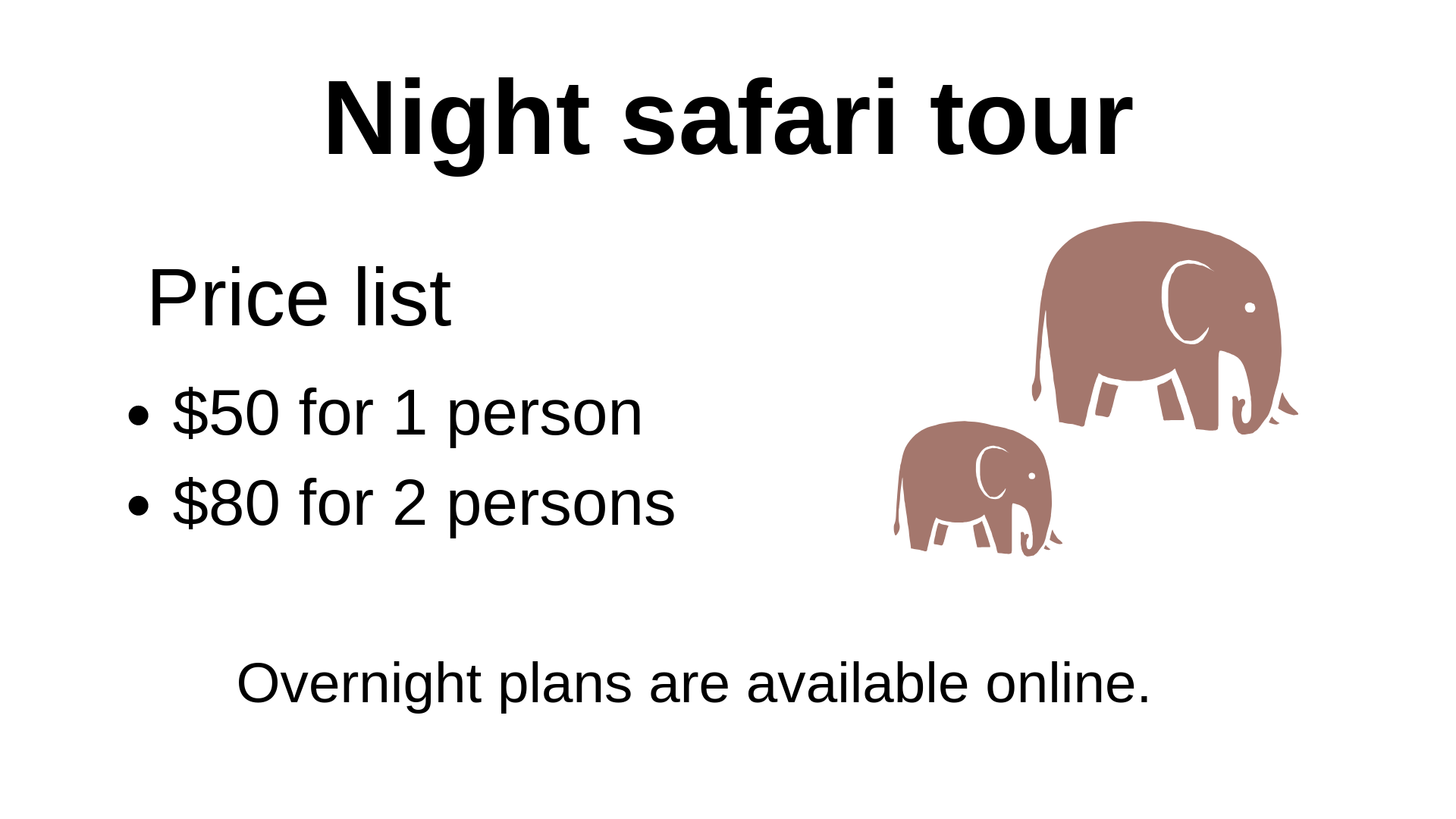
|
Sample Question 1:
|
How much does it cost to buy three tickets? |
|
Sample Answer 1:
|
It costs $130 to buy three tickets. |
|
Sample Question 2:
|
What can we do online? |
|
Sample Answer 2:
|
We can book overnight plans online. |
You have 10 seconds to prepare and 15 seconds to answer each question.
I will check if your sentences are complete and if the grammar is correct.
準備時間は10秒、回答時間はそれぞれ15秒です。講師は文法と完全な文章であるかを確認します。

| 1. | How much does it cost to buy three coats? |
| Answer: | |
| 2. | How many coats do you need to buy to get 20% off? |
| Answer: |
(The answer to question 1 is $440. Please make sure to let your student answer in a complete sentence.)
You have 10 seconds to prepare and 15 seconds to answer each question.
I will check if your sentences are complete and if the grammar is correct.
準備時間は10秒、回答時間はそれぞれ15秒です。講師は文法と完全な文章であるかを確認します。

| 1. | How much does it cost to buy 8 pieces of karaage? |
| Answer: | |
| 2. | What can you get for free if you buy 10 pieces of karaage? |
| Answer: |
(The answer to question 1 is $7. Please make sure to let your student answer in a complete sentence.)

|
Answer:
|
|
Sample Question:
|
Some people say that walking is good for one’s health. What do you think about that? |
|
Sample Answer:
|
I agree that walking is good for one’s health. I have several reasons for this. First, it reduces the risk of diseases. Some examples are heart attack, stroke, and high blood pressure. Second, some studies say that this physical exercise can reduce stress. This helps us sleep better and be in a good mood. So, I agree that walking is good for our health. |
Now, please give your first answer starting with “I agree ~.” Give at least two reasons to support your opinion. You have 60 seconds to prepare and 60 seconds to answer.
準備時間は60秒、回答時間は60秒です。回答は「I agree ~.」で始めてください。
| Some people say that books are more reliable sources than the Internet. What do you think about that? |
|
| I agree |
| Some people say that books are more reliable sources than the Internet. What do you think about that? |
|
| I disagree |







